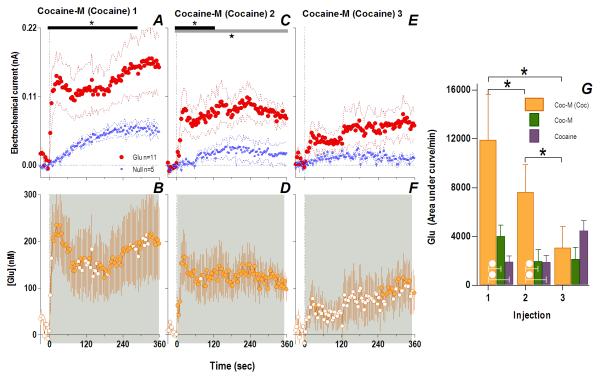Fig. 6. Cocaine-methiodide in cocaine-experienced rats induces enhanced Glu release: second scale.
Cocaine-M injections in cocaine-experienced rats resulted in significantly different Glu (red)/Glu0 (blue) currents for the first two injections (1: interaction [black bar, 282 s, F71,994=1.31]; 2: Glu/Glu0 [gray bar, 358 s/n=91, F1,14=5.60], interaction [118 s, F30,420=1.49], all p<0.05) showing significant increases in [Glu] (shaded area, duration of main effect: 1: 358 s, F90,900=2.48; 2: 350 s, F88,880=1.29; 3: 358 s, F90,900=2.42, all p<0.05). Filled symbols are values significantly different from baseline. G compares the area under the curve of [Glu] for the 1st min post-injection across cocaine-treated rats given cocaine-M (orange), where there was a significant decrease with each successive injection (1-way RM ANOVA, F2,20=12.1 p<0.001, *, PLSD post hoc, all p<0.05). Comparison between the first two injections of cocaine-M in experienced rats (orange), acute cocaine-M (green) and cocaine (purple) revealed that Glu differed by both the injection number (2-way RM ANOVA, F1,25=7.04) and by treatment group (F2,25=4.64, both p<0.02). Injection × Group interaction (p=0.09) trended towards significance. Cocaine-experienced rats had a significantly elevated Glu response to cocaine-M compared to drug-naive rats and those that received cocaine (white circles, 1-way ANOVA, 1: F2,27=4.50, Injection 2: F2,27=4.31, both p<0.03; PLSD post-hoc p<0.05). A planned comparison for the 3rd injection revealed no significant differences (all ns).

